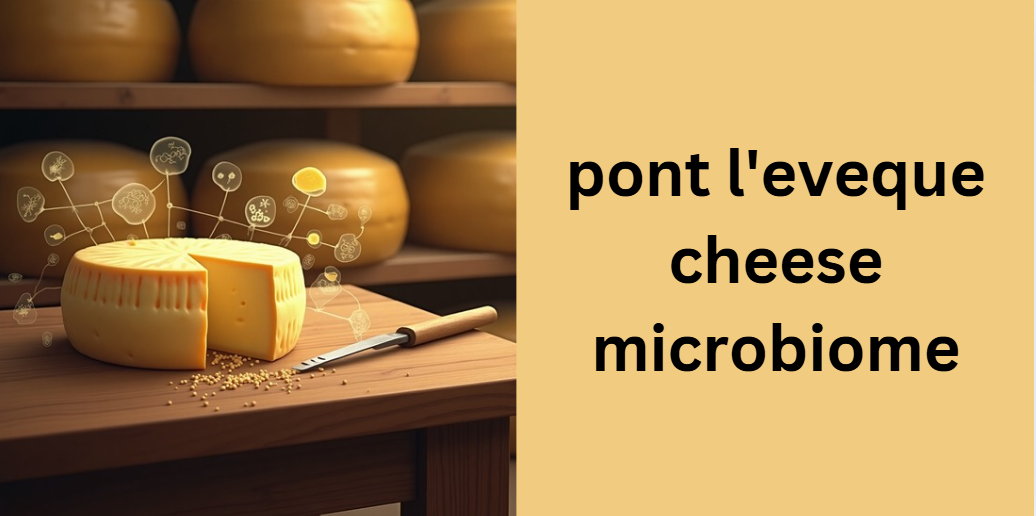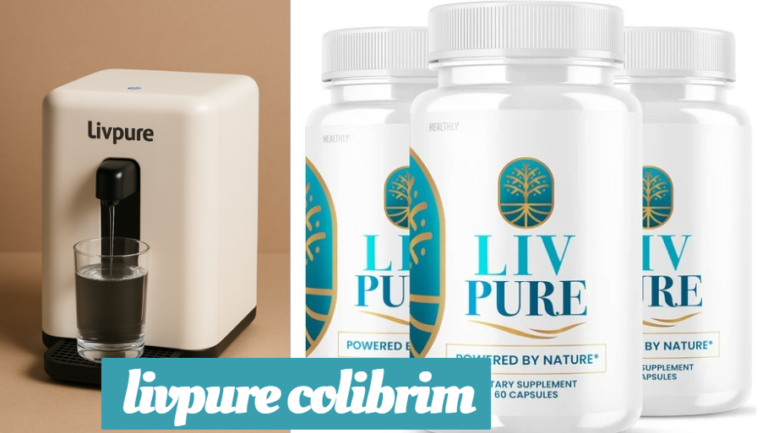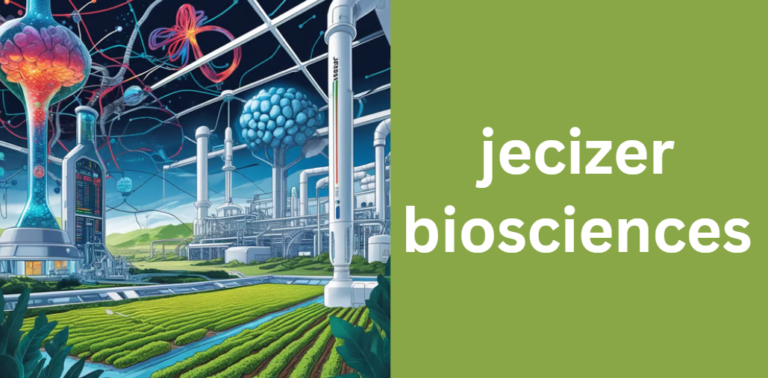Ultimate Guide to pont l’eveque cheese microbiome
Pont-l’Évêque cheese is a celebrated French delicacy with a rich history in Normandy. At the heart of its unique characteristics lies the pont l’eveque cheese microbiome—a complex and dynamic community of bacteria and yeasts that work together to transform raw milk into a delicious, soft, washed-rind cheese. Understanding this microbiome is essential not only for appreciating the art of cheesemaking but also for learning how different microorganisms contribute to the cheese’s distinctive aroma, flavor, and texture.
This guide aims to unravel the mystery behind these microscopic contributors, explain how they are affected by traditional cheesemaking processes, and highlight the scientific methods used to study them.
Background and Context
The term “cheese microbiome” refers to the entire community of microorganisms present in a cheese, including bacteria, yeasts, and sometimes molds. In traditional cheesemaking, these microbes are not merely accidental guests; they are carefully nurtured through specific processes that have evolved over centuries.
Historically, cheesemakers relied on raw milk and natural aging environments, which allowed a diverse range of microbes to flourish. The pont l’eveque cheese microbiome is particularly fascinating because it results from both the inherent microflora of the milk and the environmental conditions during the cheese’s production and ripening. Compared to other soft, washed-rind cheeses, Pont-l’Évêque boasts a unique microbial profile that lends it a complex sensory identity.
Microbial Composition of pont l’eveque cheese microbiome
At the core of the pont l’eveque cheese microbiome are several groups of microorganisms that each play a critical role during the cheesemaking process.
Lactic Acid Bacteria (LAB)
Lactic acid bacteria, such as Lactococcus lactis and various Lactobacillus species, are essential in the initial fermentation process. These bacteria convert lactose into lactic acid, which lowers the pH of the cheese, creating an environment that inhibits harmful pathogens and sets the stage for subsequent microbial activity.
Surface-Ripening Bacteria
Among the surface flora, Brevibacterium linens is particularly significant. This bacterium is responsible for developing the washed rind’s characteristic orange to reddish hue. Its metabolic activities release aromatic compounds that contribute to the cheese’s pungent and robust flavor profile.
Yeasts and Fungi
Yeasts such as Debaryomyces hansenii and Geotrichum candidum are equally important in the pont l’eveque cheese microbiome. These microorganisms break down proteins and fats into smaller, flavor-active compounds while also helping to maintain the moisture of the cheese. Their activity results in a softer texture and a well-developed, inviting rind.
Minor and Environmental Microbes
Other, less dominant microorganisms—often sourced from the environment or the raw milk—also add subtle nuances to the cheese. Although their numbers might be small, they contribute to the overall complexity and uniqueness of the cheese’s flavor and aroma.
Below is a table summarizing the key microbial groups:
| Microbial Group | Examples | Role in Cheese Development |
|---|---|---|
| Lactic Acid Bacteria (LAB) | Lactococcus lactis, Lactobacillus spp. | Fermentation and acidification |
| Surface-Ripening Bacteria | Brevibacterium linens | Rind development, aroma, and flavor enhancement |
| Yeasts and Fungi | Debaryomyces hansenii, Geotrichum candidum | Protein and lipid breakdown; moisture management |
| Minor/Environmental Microbes | Various species (e.g., certain Staphylococcus spp.) | Subtle flavor modulation and additional enzymatic contributions |
Cheesemaking Process and Microbial Evolution
The development of the pont l’eveque cheese microbiome is deeply intertwined with traditional cheesemaking methods. The process begins with raw milk that carries its own native microbial community. As the milk curdles, lactic acid bacteria take center stage, fermenting the lactose and reducing the pH. This acidification process not only curdles the milk but also creates favorable conditions for the growth of surface microbes.
During the washing of the cheese rind—a crucial step in producing Pont-l’Évêque—the surface is intentionally moistened, encouraging the proliferation of surface-ripening bacteria and yeasts. Over time, as the cheese ripens, the microbial community evolves, with different species dominating at various stages. The succession of microbial populations is influenced by factors such as temperature, humidity, and salt concentration, resulting in the distinct sensory characteristics observed in the final product.
Environmental and Production Factors
Several environmental and production-related factors shape the pont l’eveque cheese microbiome. Key factors include:
- Temperature and Humidity: Controlled conditions during ripening ensure that the ideal balance of microbial growth is maintained, affecting both the texture and flavor.
- Salinity: The amount of salt used in the cheesemaking process influences microbial activity, particularly favoring the growth of salt-tolerant species such as Brevibacterium linens.
- Geographical Location: The specific local microflora present in the region of Normandy contributes unique characteristics to the cheese.
- Artisanal vs. Industrial Practices: Traditional artisanal methods tend to preserve a more diverse and robust microbiome compared to highly standardized industrial processes.
Advanced Research Techniques and Methodologies
Modern scientific research has greatly enhanced our understanding of the pont l’eveque cheese microbiome. Researchers use advanced techniques such as high-throughput sequencing and metagenomic analysis to characterize the microbial communities present in the cheese. These methods allow scientists to detect even the minor microbial constituents and to study how these communities change over time during the ripening process.
In addition to culture-dependent methods, researchers employ culture-independent approaches, such as DNA-based analyses, to capture a comprehensive snapshot of the microbiome. The integration of bioinformatics tools further helps in understanding the interactions between different species, ultimately leading to a clearer picture of how each microbe contributes to the cheese’s overall sensory profile.
Impact on Cheese Quality and Flavor
The sensory qualities of Pont-l’Évêque cheese are a direct result of the complex interplay within the pont l’eveque cheese microbiome. The metabolic activities of lactic acid bacteria, surface-ripening bacteria, and yeasts lead to the development of a rich flavor profile characterized by:
- Flavor Enhancement: The breakdown of proteins and fats releases compounds that give the cheese its distinct taste.
- Aroma Development: Specific bacteria produce aromatic compounds that contribute to the cheese’s strong, characteristic smell.
- Texture Modification: Yeast activity helps retain moisture, resulting in a soft and creamy texture that is highly prized in washed-rind cheeses.
These combined effects not only define the identity of Pont-l’Évêque cheese but also provide valuable insights for cheesemakers looking to innovate or maintain quality.
Practical Implications for Cheesemakers and Consumers
Understanding the pont l’eveque cheese microbiome has practical benefits for both producers and consumers. Cheesemakers can use this knowledge to:
- Optimize production conditions and adjust parameters such as temperature and humidity to favor the growth of beneficial microbes.
- Develop unique variations of Pont-l’Évêque by experimenting with different microbial starters or modifying traditional methods.
For consumers, knowing how the microbiome affects cheese quality can guide purchasing decisions. High-quality Pont-l’Évêque cheese will exhibit a balanced flavor, aroma, and texture, reflecting the meticulous control of microbial populations during production.
Frequently Asked Questions (FAQ)
Q: How does seasonal variation influence the microbial diversity in the pont l’eveque cheese microbiome?
A: Seasonal changes can subtly alter the microbial diversity in raw milk and in the ripening environment. Variations in temperature, humidity, and the flora present during different seasons may result in slight differences in the microbial community, which in turn can influence the flavor nuances of the cheese from one batch to another.
Q: What impact does the specific washing technique have on controlling the pont l’eveque cheese microbiome?
A: The washing process is a critical control point in shaping the surface microbial population. By regulating moisture levels and salt concentration, the technique helps suppress undesirable organisms while encouraging the growth of beneficial bacteria and yeasts that enhance the cheese’s aroma and texture.
Q: Can emerging technologies improve the monitoring and management of the pont l’eveque cheese microbiome?
A: Yes, advancements such as real-time PCR, portable sequencing devices, and advanced bioinformatics tools are being developed to allow on-site and rapid monitoring of microbial communities. These technologies help cheesemakers make immediate adjustments to optimize the fermentation and ripening process.
Q: Are there specific health and safety protocols related to managing the pont l’eveque cheese microbiome?
A: Strict hygiene standards and regulatory guidelines are in place to ensure that only beneficial microbes thrive during the cheesemaking process. Regular microbial testing and adherence to food safety protocols prevent the growth of harmful pathogens, ensuring the final product is safe for consumption.
Q: How does consumer feedback influence changes in the pont l’eveque cheese microbiome?
A: Consumer preferences can drive minor adjustments in production practices. Cheesemakers may tweak variables such as the aging period, washing frequency, or raw milk selection based on detailed feedback, ultimately fine-tuning the microbial balance to meet desired flavor and texture profiles.
Additional Resources and Further Reading
For those interested in further exploring the pont l’eveque cheese microbiome, consider reviewing scientific journals like the International Dairy Journal and Frontiers in Microbiology. Interviews with cheesemakers and microbiologists are also available on dedicated cheesemaking forums and industry websites. In addition, many official websites provide downloadable research papers, infographics, and video content that delve deeper into the subject.
Conclusion
In this guide, we have provided an extensive overview of the pont l’eveque cheese microbiome. We discussed the rich history and significance of the microbial community in Pont-l’Évêque cheese, examined the various microorganisms involved in its development, and explored how traditional cheesemaking techniques and environmental factors influence its composition. Advanced research techniques and practical insights for both cheesemakers and consumers were also highlighted.
By understanding the intricate details and dynamics of the pont l’eveque cheese microbiome, producers can fine-tune their processes to achieve consistent quality, while consumers can appreciate the unique attributes of this renowned cheese. This comprehensive resource aims to serve as the definitive guide for anyone interested in the science and art behind one of France’s most iconic cheeses.
Read more
Ultimate Guide to commissione medica locale via boito 2 monza
Ultimate Guide to hardest degree in guinness world record – In-Depth Analysis & Academic Insights
Comprehensive Guide to rift game imperishable sun






